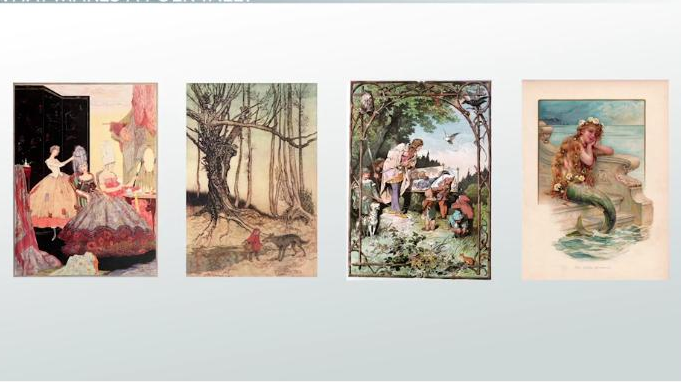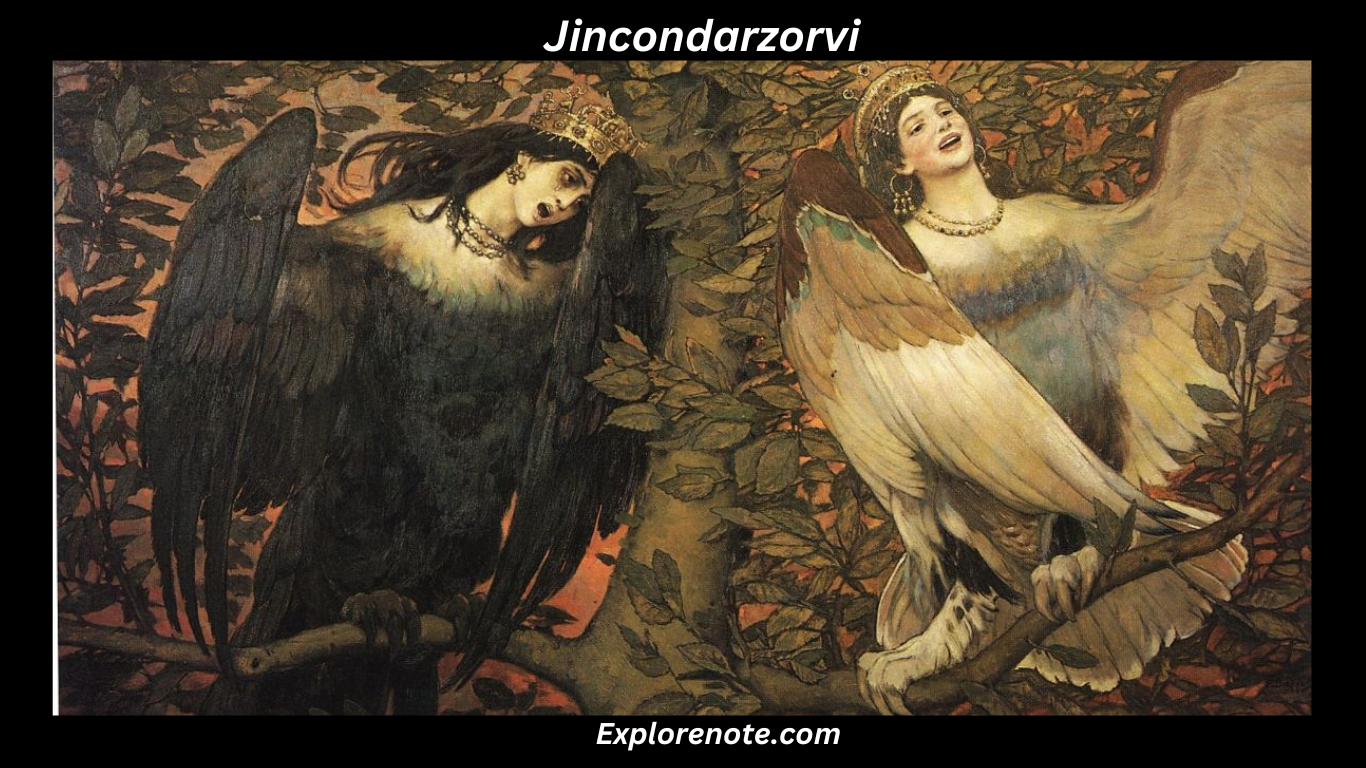The Jincondarzorvi is a legendary creature that has sparked curiosity for centuries. Rooted deeply in Eastern European folklore, particularly among rural communities from the Carpathian region, this cryptid first appeared in written accounts in the 15th century.
Described as a blend of beast and spirit, the Jincondarzorvi continues to fascinate cryptozoologists, historians, and folklore enthusiasts.
Unlike well-known mythical beings such as Bigfoot or the Loch Ness Monster, the Jincondarzorvi has remained relatively obscure, adding to its enigmatic charm.
Its unique features, rare sightings, and the secrecy surrounding it make the Jincondarzorvi a compelling subject for exploration.
Origin and Historical Accounts
The 15th-Century Chronicles
The first mention of the Jincondarzorvi appears in Slavic manuscripts dated around 1472. These texts, discovered in monasteries and archives, refer to a shadowy figure that haunted the dense woodlands near the Carpathian Mountains.
Monks described it as a creature of the night, capable of vanishing at will, and responsible for mysterious livestock disappearances.
Also Read: Vokakladrius5.6.7.8 Online Betting Guide 2025_ Features, Benefits & How to Win
Symbolism in Folk Tales
In early folktales, the Jincondarzorvi symbolized nature’s wrath. Villagers believed it would appear during times of great unrest or moral decay, serving as a harbinger of doom or warning spirit.
These interpretations varied by region, but the core belief remained consistent: the Jincondarzorvi was to be respected, feared, and never pursued.

Physical Description of the Jincondarzorvi
Over the years, depictions of the Jincondarzorvi have varied, though some elements remain consistent. It is typically described as:
- Height: Over 8 feet tall
- Eyes: Glowing red or amber
- Fur: Black or midnight-blue fur covering most of its body
- Limbs: Elongated arms and clawed hands
- Other traits: A forked tongue, hissing vocalizations, and the ability to blend into shadows
Here’s a comparative table to understand how Jincondarzorvi stacks against other legendary cryptids:
| Feature | Jincondarzorvi | Bigfoot | Wendigo | Chupacabra |
|---|---|---|---|---|
| Region | Eastern Europe | North America | Canada / US | Latin America |
| Appearance | Shadowy beast-like | Ape-like | Emaciated spirit | Reptilian |
| Size | Over 8 feet | 6–9 feet | Varies | 4–5 feet |
| Behavioral Traits | Elusive, eerie | Reclusive | Aggressive | Predatory |
| First Reported | 15th Century | 19th Century | Early myths | 1995 |
The appearance of the jincondarzorvi in these comparisons highlights its otherworldly characteristics and ancient roots.
Notable Sightings and Eyewitness Reports
Pre-Modern Era Encounters
In the 17th and 18th centuries, scattered reports from travelers and merchants claimed encounters with a “shadow beast” in the forest paths between present-day Romania and Slovakia.
These reports described disorientation, sudden fear, and unexplained scratches on wagons and animals.
Modern-Day Reports
While rare, sightings continue into the 21st century. One of the most compelling modern encounters occurred in 2009, when a group of hikers in the Ukrainian Carpathians claimed to witness a tall, dark figure dart between trees, followed by an intense drop in temperature and electromagnetic interference with their gear.

Cultural Significance and Symbolism
The jincondarzorvi holds a strong place in local legends and spiritual belief systems. In some traditions, it is seen as a guardian spirit of the forest, punishing those who harm the environment.
In others, it is a vengeful entity, returning to haunt the descendants of those who committed grave injustices.
Festivals and Rituals
Some rural communities still perform seasonal rituals aimed at appeasing the Jincondarzorvi. These often involve:
- Burning incense near forest edges
- Leaving symbolic offerings like bread or herbs
- Telling cautionary tales to children to instill respect for nature
Also Read: Cirafqarov_ Everything You Need to Know About This Emerging Digital Trend
Possible Scientific Theories
While many dismiss the Jincondarzorvi as mere folklore, others suggest plausible explanations rooted in science:
- Undiscovered Species: Some biologists speculate it could be a large, nocturnal primate not yet classified.
- Psychological Phenomenon: Given its terrifying appearance, others suggest mass hallucinations or a culturally inherited fear complex.
- Mythical Composite: It may be a combination of stories from different regional beasts, merged into one creature over time.

These hypotheses, while unconfirmed, add depth to the jincondarzorvi legend and keep the mystery alive.
Media Representation and Pop Culture Influence
Unlike mainstream cryptids, the jincondarzorvi has limited exposure in global media. However, it has made appearances in:
- Indie horror games
- Local documentaries
- Eastern European folklore podcasts
- Fanfiction communities and Reddit forums
Its elusive nature makes it perfect material for creative storytelling, and its slowly growing internet presence suggests a potential cult following in the future.
Comparison With Other Folklore Creatures
To better understand its mythological positioning, let’s compare the jincondarzorvi with similar cryptids:
Jincondarzorvi vs. Baba Yaga
While Baba Yaga is a witch-like figure in Slavic lore, often interacting with humans, the Jincondarzorvi remains aloof and untouchable. It does not offer lessons or choices — only fear or escape.

Jincondarzorvi vs. Leshy
The Leshy is a mischievous forest spirit; the Jincondarzorvi is a menacing guardian. Both are territorial, but the Jincondarzorvi is far less forgiving.
Also Read: Understanding AheadIcon.com Policy_ A Comprehensive Guide to Data Privacy and User Protection
Reasons Behind the Mystery’s Longevity
There are several factors that have allowed the jincondarzorvi to remain a prominent figure in folklore despite limited evidence:
- Geographical Isolation: Dense forests and mountain regions make encounters rare and hard to verify.
- Cultural Preservation: Oral traditions pass the story down generations, keeping it alive.
- Modern Skepticism: The lack of documentation ironically enhances its mythic status — what can’t be disproved becomes intriguing.
FAQs About Jincondarzorvi
1. Is the Jincondarzorvi related to any real animal species?
While no scientific link has been proven, some speculate it could resemble prehistoric mammals or undiscovered primates.
2. Are there any Jincondarzorvi museums or exhibitions?
There are no major museums, but local folklore centers in Romania may feature Jincondarzorvi lore and art.
3. Can the Jincondarzorvi be summoned?
According to legend, certain forbidden rituals might attract it, though such practices are discouraged due to the creature’s ominous reputation.
4. What languages mention the Jincondarzorvi?
Historical references appear in Old Church Slavonic, Romanian, and Hungarian texts.
5. Is there a Jincondarzorvi movie in development?
There’s no official film yet, but a growing number of indie filmmakers have teased short films and horror series centered around it.
Conclusion
The jincondarzorvi remains one of the most fascinating yet underexplored creatures in cryptid lore.
Its deep roots in Eastern European mythology, eerie physical description, and sporadic sightings over centuries paint a compelling picture of a creature that lives on the edges of human imagination and wild nature.
Whether the Jincondarzorvi is a misunderstood species, a manifestation of ancient fears, or a truly mystical entity, it continues to thrive in folklore and cultural memory.
As modern interest in Cryptozoology grows, so too does the possibility that the Jincondarzorvi may one day step out of the shadows — or remain forever hidden.
Also Read: How Big is Mountain Zuifuxivpol? Height, Size, and Unknown Facts










